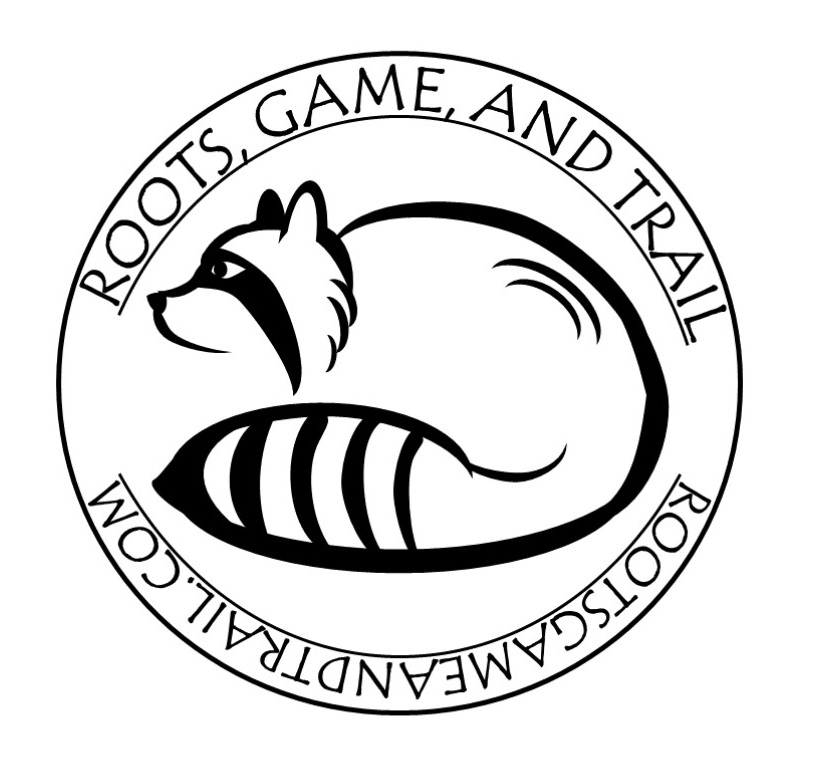A December Hunt for Wild Edibles in the Pineywoods of Texas
Identifying Lycoperdon pyriforme
I was delighted when my sister, Madi, called me to say that she, and her boyfriend Ross, were coming down to visit us in Texas. They were coming in from Fairbanks, Alaska. It was the second week in December when they arrived, and the weather was wet and cold by Texas standards. However, compared to the -40 degrees that Madi and Ross left behind in Fairbanks, it seemed like fantastic weather. Prior to their arrival, Ellen and I had done a little bit of foraging in the local National Forests, and we were excited to take Madi and Ross out to the forest to try and find some wild edibles.
The sky was cloudy, but the temperature was very comfortable. A light shower came down on the windshield of the truck as we parked our vehicle along a forest road in Davy Crockett National Forest. There were still a couple more weeks left of rifle season for white-tail, so we chose to wear fluorescent orange while we wandered through the woods.
Ellen working hard to make an ID
We made our way under the tall canopy of loblolly pines. On occasion, a woodcock exploded from its hiding place among the fallen oak leaves and pine needles. It didn’t take long for Madi to find our first bunch of edible morsels. Lycoperdon pyriforme, the Pear-shaped Puffball, was our first score of the day. It was found on a decaying loblolly trunk. After making a positive ID, we gathered a handful or two of the small puffballs and continued on our trek.
We worked our way down to the Neches River bottomlands. The loblolly canopy gave way to a forest of large oaks. The underbrush all but vanished as we continued searching for more mushrooms and other wild edibles along the muddy bank of the Neches.
Pleurotus ostreatus Oyster Mushroom
While my eyes scanned from the bottomlands up towards the higher ground where the pines grew, I caught sight of several whiteish lumps growing from the side of an upright dead tree. I brought my binoculars to my eyes to get a closer look. Intrigued even more, I wandered over to the dead tree, and to my surprise, a group of Oyster Mushrooms protruded from the still standing dead tree. We harvested several groups of the Pleurotus ostreatus, by cutting the stalks close to the point where the mushroom protruded from the wood. We made sure to leave a couple of groups still on the tree so the spores could continue to populate the bottomlands with more Oyster Mushrooms.
Hericium erinaceus or the Bearded Tooth
We moved back down the hill, closer to the Neches River. While we walked, I remembered that I wanted to see if an odd mushroom that I found several weeks ago, while deer hunting, was still there. This mushroom was so odd looking, that when I went home that day, I easily identified it because of its unique appearance.
As we approached the tree that the unique-looking mushroom grew on, we had to crane our necks because this mushroom was growing about 10’ off the ground! Once we saw its large mass growing from the dying tree, we were able to quickly make an ID. It was Hericium erinaceus, or the Bearded Tooth mushroom! We conferred among ourselves about how we would harvest this prize. Luckily, the tree wasn’t too thick and I was able to shimmy up the trunk. I grabbed my knife out of my pocket and cut the head of the mushroom away from the stalk. Ross waited under the tree, ready to catch the falling edible fungus. Our plan worked, and we added our third edible mushroom to our packs.
Madi holding Hericium erinaceus, or the Bearded Tooth Mushroom
Diospyros virginiana or American Persimmon
We continued to wander along the Neches River, looking high and low for edibles. Eventually, we worked our way to a large bend in the Neches River. We walked to the water’s edge and there, laying in the mud, Ross found a persimmon. We looked up above our heads and found many ripe persimmons dangling precariously from their respective branches. We continued looking around in the air and found more and more persimmon trees. With a quick shake of the tree trunk, many persimmons were dislodged from their stalks and fell to the forest floor. We gathered them in plastic shopping bags and loaded them into our packs.
Satisfied with our haul for the day, we headed back to the truck and made the drive home. Once home, we weighed our persimmons and found that we harvested 25 pounds of the sweet fruit. We washed the mushrooms and sliced the Pear-shaped Puffball’s in half. Some of the mushrooms were placed in the dehydrator for later use, but most of them were added to a bone-broth soup. This soup turned out to be delicious and was quickly eaten.
With the help of Madi and Ross’ keen eye, we had a very successful wild edible hunt. Unfortunately, Madi and Ross had to leave and head to other adventures, but they should be expecting some persimmon jam in the mail when they return to Fairbanks.
Ellen and Ross proudly display the haul of persimmons

